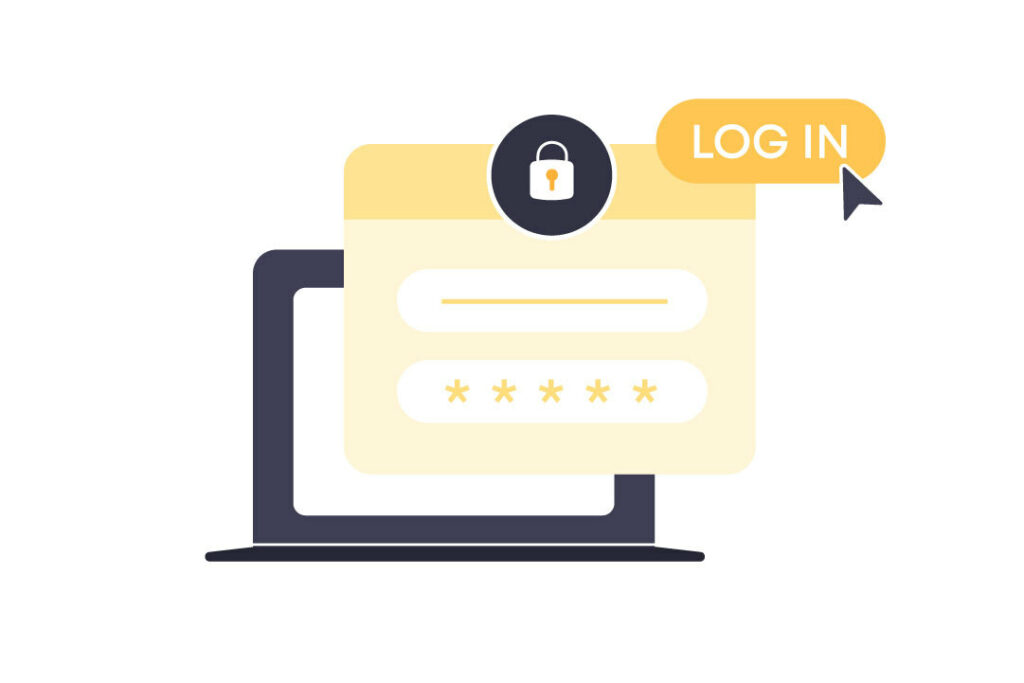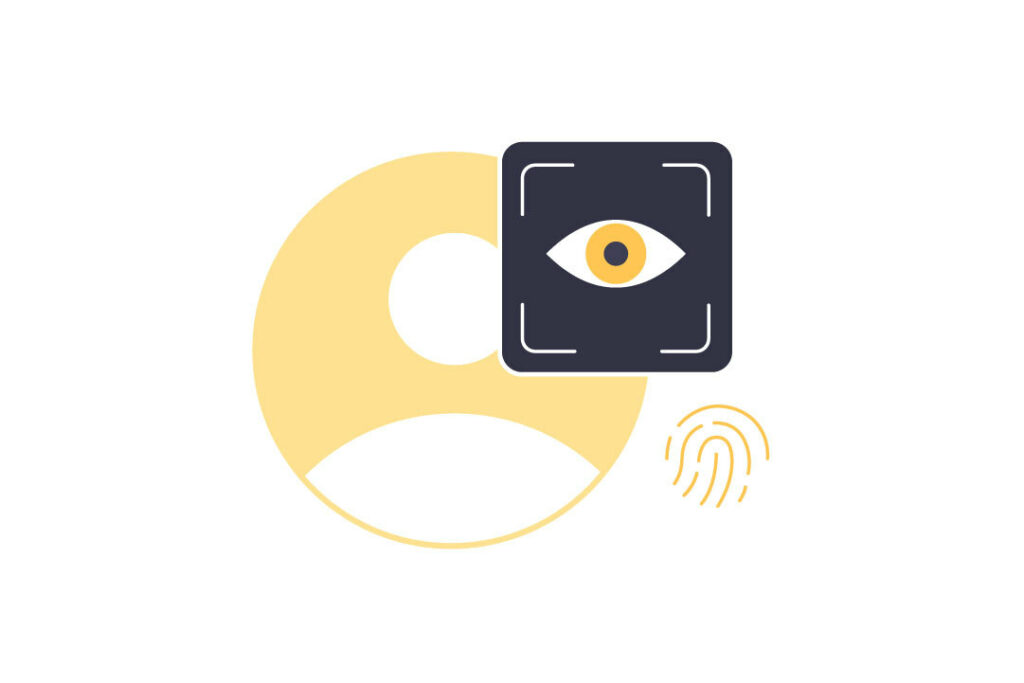In an increasingly digital world, where our lives are intertwined with online platforms, identity verification has become an essential cornerstone of modern society. From logging into our favorite social media accounts to conducting financial transactions or accessing sensitive data, ensuring that the right person is behind the screen is crucial. Identity verification, in its simplest form, is the process of confirming that an individual is who they claim to be, typically through submitting personal information or biometric data.
As our reliance on the internet and digital services grows, so does the need for robust identity verification methods. From safeguarding our personal data to protecting against fraud and identity theft, this article delves into the multifaceted world of identity verification, exploring why it is a vital aspect of our digital lives and how it’s evolving to meet the demands of the modern age.
The Importance of Identity Verification

Identity verification is a crucial barrier against a myriad of digital threats, which are becoming increasingly sophisticated and prevalent in our interconnected world. Its significance can be distilled into several key points:
- Protection Against Fraud: One of the most obvious benefits of identity verification is its role in preventing fraud. Online criminals constantly seek to exploit vulnerabilities, and without robust verification methods, sensitive data and financial assets are at risk. Whether it’s a credit card transaction, an online shopping spree, or even the creation of a new account on a social platform, verifying the identity of users can significantly reduce the occurrence of fraudulent activities.
- Data Privacy and Security: Identity verification is pivotal in safeguarding personal information. As individuals, we entrust various organizations with our data, and it is their responsibility to ensure that it remains secure. Identity verification protocols help ensure that only authorized individuals have access to sensitive data, adding an extra layer of protection against breaches and data leaks.
- Enhanced User Experience: When implemented efficiently, identity verification methods can streamline user interactions with digital platforms. By accurately confirming the identity of users, businesses can offer a seamless and personalized experience, allowing users to access their accounts, services, and information quickly and conveniently. This not only benefits the users but also boosts customer loyalty and trust.
- Business Growth and Trust: Identity verification is a shield against potential risks and a catalyst for business growth. When users trust that their information and transactions are secure, they are more likely to engage with a company’s services. This trust can lead to increased user retention, referrals, and, ultimately, higher revenues.
- Compliance with Regulations: Many industries are subject to strict regulatory requirements for identity verification. From financial institutions to healthcare providers, adhering to these regulations is necessary to avoid legal repercussions and to maintain the business’s reputation. A robust identity verification system ensures compliance and builds confidence among stakeholders.
Empowering Businesses and Users
In today’s digital landscape, identity verification is not just a security measure; it’s a tool for empowerment. By implementing strong verification processes, businesses can fortify their operations and offer their customers a safer and more user-friendly environment. This, in turn, leads to a host of benefits, including financial stability, competitive advantage, and customer loyalty.
A robust identity verification system opens doors to new possibilities. It enables businesses to venture into diverse markets, expand their service offerings, and diversify their customer base. Companies can attract a global audience and tap into previously untapped revenue streams by assuring users of their security and privacy.
In a competitive marketplace, where consumers have an array of choices at their fingertips, businesses that invest in robust identity verification gain a significant competitive edge. Users are more likely to choose a service that assures them of security and privacy over one without such safeguards. This competitive advantage can translate into increased market share and revenue growth.
For users, identity verification is akin to having a sturdy lock on the door to their digital world. It assures them that their data is protected and their online activities are conducted securely. In a world of ever-evolving cyber threats, identity verification offers a semblance of control and peace of mind.
As we explore the evolving landscape of identity verification, we will delve into the various methods and technologies shaping this essential facet of the digital age. From traditional methods like passwords and PINs to cutting-edge biometrics and multifactor authentication, we will uncover how identity verification is adapting to meet the demands of our rapidly changing world.
Methods and Technologies of Identity Verification
To strengthen identity verification practices, businesses and institutions have adopted a spectrum of methods and technologies that span traditional and innovative approaches. These methods are pivotal in bolstering security and user trust in the digital age. Here, we explore some of the most prominent ones:
Passwords and PINs: This traditional method involves the using alphanumeric characters or personal identification numbers (PINs) for user authentication. While widely used, passwords and PINs are increasingly supplemented with additional layers of security due to their vulnerability to hacking and breaches.
Multifactor Authentication (MFA): MFA goes a step further by requiring users to present at least two different types of verification factors, such as something they know (a password), something they have (a mobile device or token), and something they are (biometrics). MFA enhances security by making it more difficult for unauthorized users to gain access.
Biometric Verification: Biometrics, like fingerprint recognition, facial recognition, and iris scanning, utilize unique physiological characteristics for identity verification. They are highly secure and user-friendly, gaining popularity in sectors ranging from smartphones to border control.

Smart Cards and Tokens: These physical devices, such as smart cards and USB tokens, are used as an additional layer of identity verification. They require users to possess a physical device for authentication.
Knowledge-Based Verification: This method relies on personal information that only the user should know, such as answers to specific security questions. However, knowledge-based verification can be vulnerable to social engineering and data breaches.
Blockchain Identity: Blockchain technology offers a decentralized and tamper-resistant approach to identity verification. It gives individuals more control over their identity data and how it’s shared.

Mobile Verification: With the prevalence of smartphones, mobile verification methods, including SMS-based codes and mobile app authentication, have become widespread for user validation.
Document Verification: Involves scanning and verifying official documents, such as passports or driver’s licenses. It is commonly used in finance and travel to onboard new customers.
Behavioral Biometrics: This technology analyzes a user’s unique patterns and behaviors, such as keystrokes, mouse movements, and typing speed, to authenticate their identity.
Machine Learning and Artificial Intelligence: These technologies are increasingly employed to assess and verify user identities by analyzing vast amounts of data, behavior patterns, and biometric information.
Government-Issued IDs: In many industries, particularly banking and finance, government-issued IDs, like social security numbers and driver’s licenses, are used as a primary means of verifying identity.
Voice Recognition: Utilizing the unique vocal characteristics of an individual, voice recognition is another biometric method gaining traction in the verification process.
Each of these methods and technologies has its strengths and weaknesses, making it essential for businesses and institutions to adopt a combination that aligns with their security needs, user experience goals, and regulatory requirements.
KYC and AML in the Realm of Identity Verification
As we explore the world of identity verification, it’s important to understand two essential parts of the process: Know Your Customer (KYC) and Anti-Money Laundering (AML) practices. These are not separate ideas but are closely connected to identity verification, and they play a crucial role in keeping the digital world safe.
Know Your Customer (KYC): KYC is a set of procedures and practices aimed at verifying the identity of a business’s customers. The scope of KYC extends to confirming the identity of users by collecting and scrutinizing identity-related information, such as government-issued identification, proof of address, and financial data. The primary goal of KYC is to ensure that businesses know precisely who they are dealing with.
In identity verification, KYC serves as a critical piece of the puzzle. By comprehensively understanding the identity of customers or users, businesses can better protect themselves from fraud, comply with legal and regulatory requirements, and foster a secure and trustworthy environment. When conducted rigorously, KYC significantly enhances the overall process of identity verification, ultimately providing greater protection to both businesses and their customers.
Anti-Money Laundering (AML): AML is an essential practice that complements identity verification. Its procedures are designed to detect and deter illicit financial activities, such as money laundering and terrorism financing. AML regulations require that businesses have mechanisms to identify suspicious transactions, conduct due diligence on customers, and report any suspicious activities to relevant authorities.
AML is intricately connected to identity verification because it is exceedingly challenging to detect potentially illicit activities without a clear understanding of who customers are and how they conduct financial transactions. By integrating AML measures into identity verification, businesses can create a more comprehensive security net that helps prevent criminal activities that exploit the financial system.
So, to sum it up, KYC and AML are important pieces of the identity verification puzzle. They help make sure that everything is secure and follows the rules. In today’s digital world, where people can do bad things with money and data, KYC and AML are like guardians, protecting businesses and users. When used correctly, they make identity verification stronger, making the digital world safer and more reliable for everyone
Conclusion
In an era where the digital landscape is our new frontier, identity verification has become necessary and crucial for trust and security. We have journeyed through the profound significance of identity verification, witnessing its transformative impact on both businesses and users. Its far-reaching benefits are undeniable, from building trust and mitigating risks to expanding opportunities and enhancing the user experience.
For businesses, embracing identity verification is not merely a strategy for risk management but a commitment to fostering trust, loyalty, and innovation. For users, it promises protection and control over personal information in an increasingly complex and interconnected digital world.
Identity verification is the bedrock of a secure and thriving digital ecosystem, and its evolution will continue to shape how we interact with and trust the digital realm. It is an essential chapter in our ongoing journey into the heart of the digital age.





